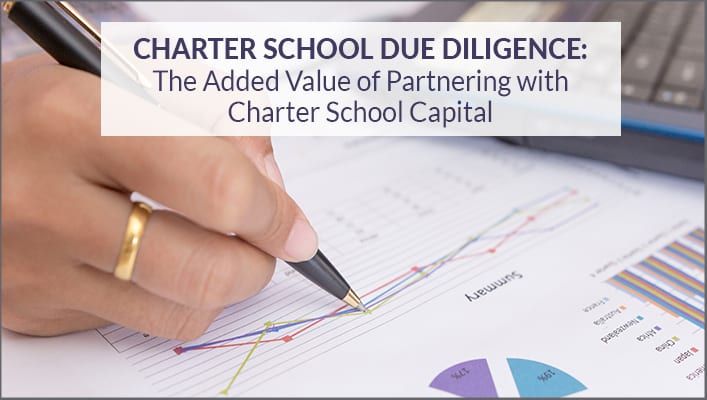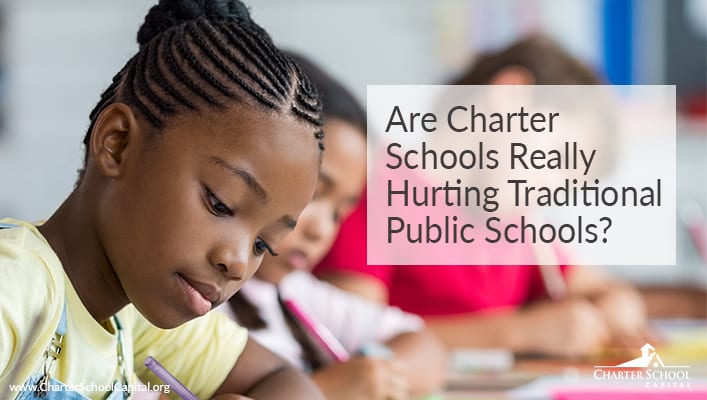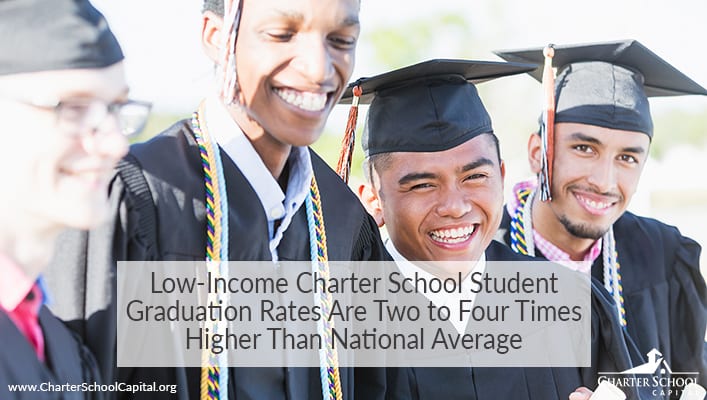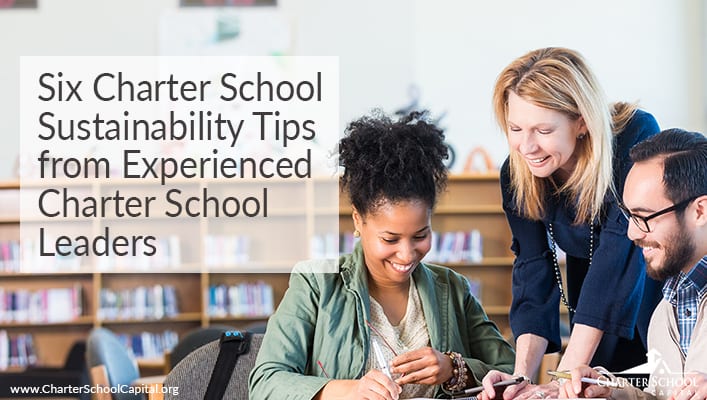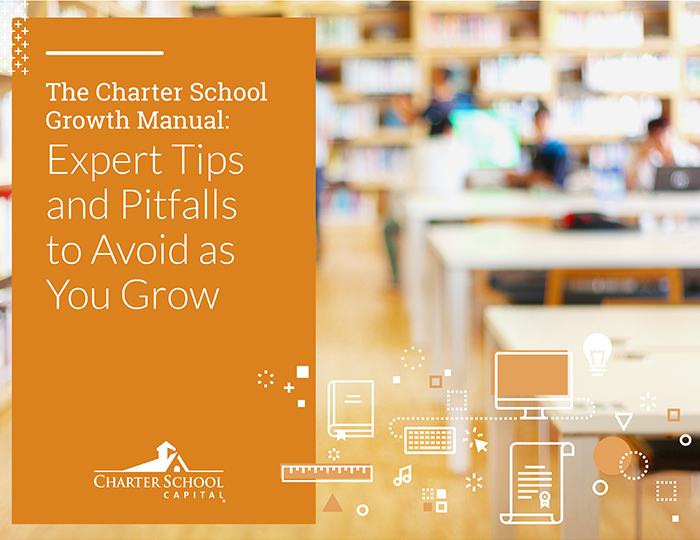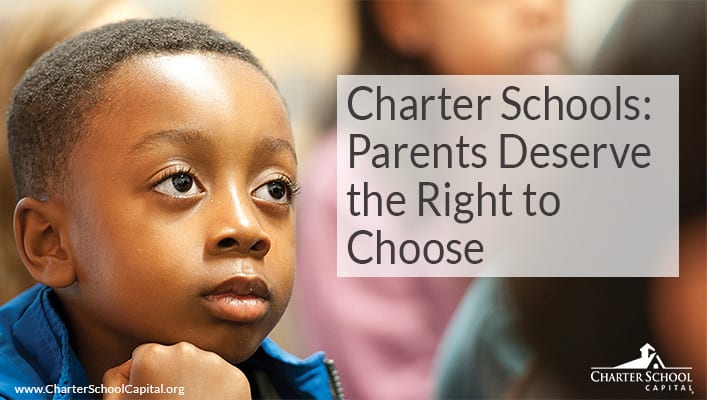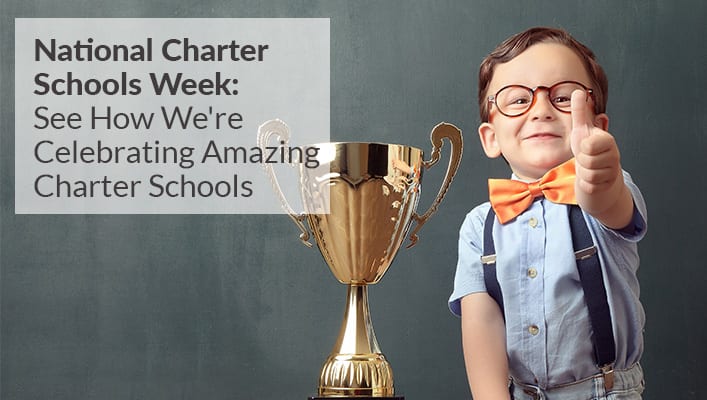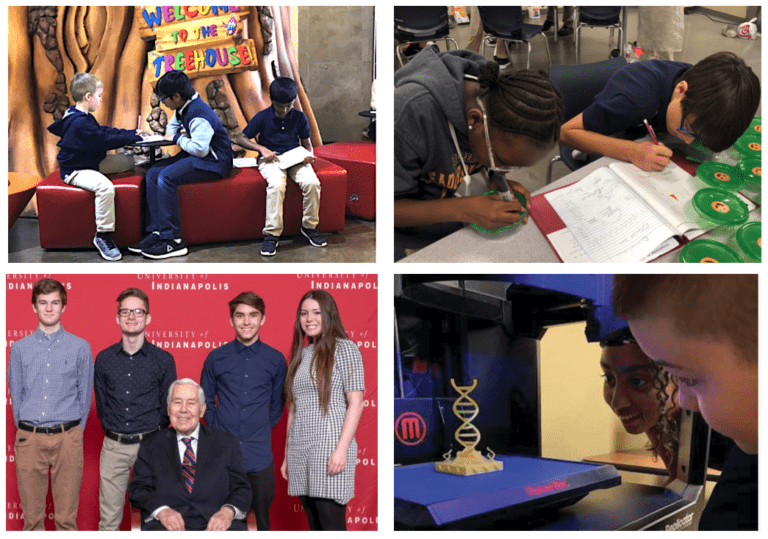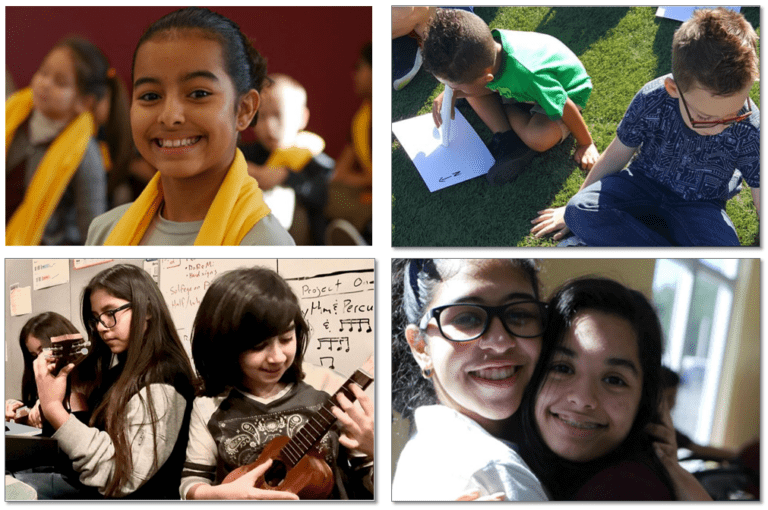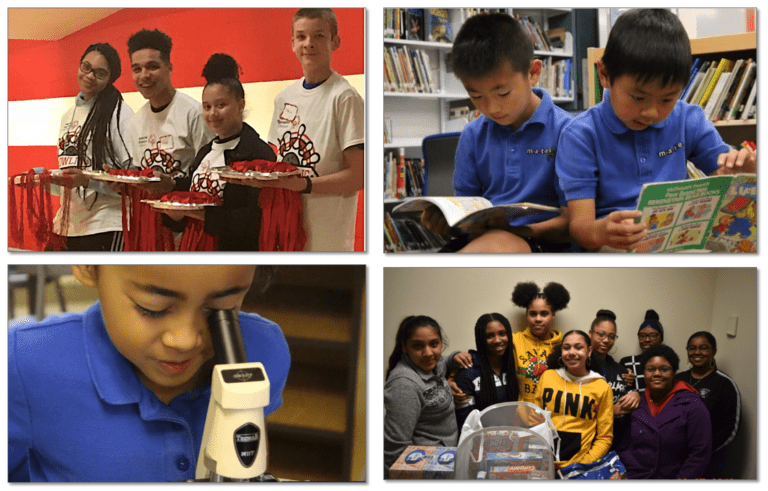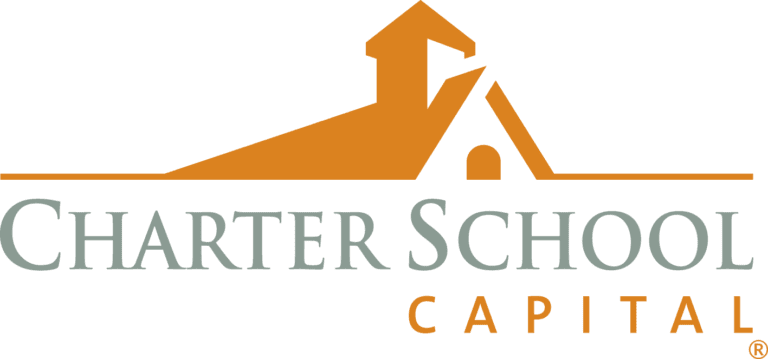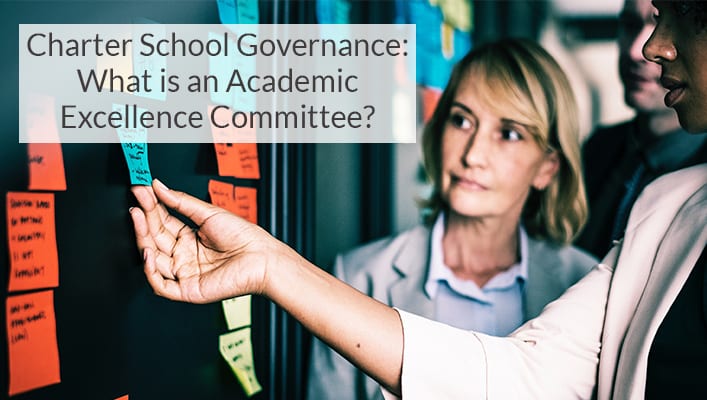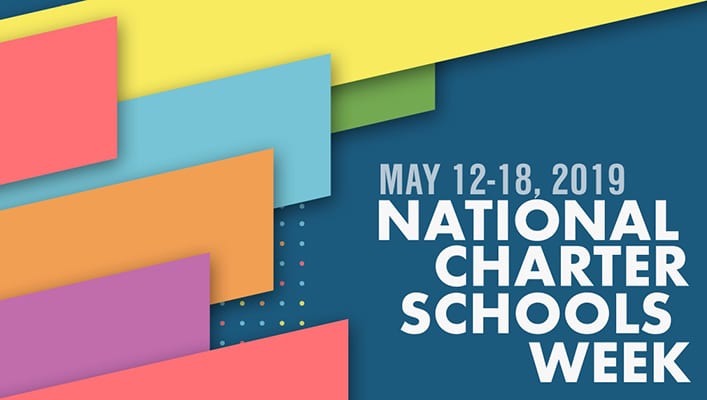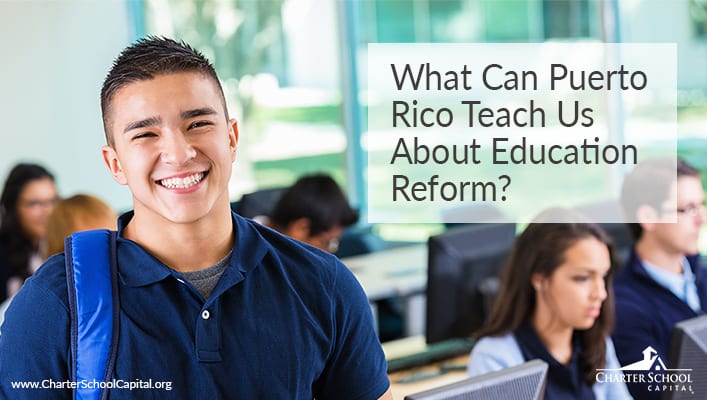
Editor’s Note: This article on Puerto Rico’s education reform efforts, was originally published here on March 27, 2019 by EducationNext and written by Robin J. Lake, the director of the Center on Reinventing Public Education at the University of Washington. After Hurricane Maria decimated Puerto Rico, their secretary of education made headlines by making wide-sweeping changes to address the issues with their long-struggling education system. Read this article to understand how new investments, creative thinking, and locally driven community support are the cornerstones of a concerted effort to make their path forward and create sustainable education reform even perhaps here on the mainland.
Resilience, Hope, and the Power of the Collective: What Puerto Rico Can Teach the States about Education Reform
Hurricane Maria’s wrath created new urgency to address Puerto Rico’s long struggling education system. As soon as electricity was back on, policy types immediately started making analogies to New Orleans. Indeed, new legislation created sweeping new authorities to restructure public education and create new public school options, including charter schools and vouchers. Puerto Rico’s secretary of education made headlines for closing more than 200 underenrolled schools before the 2018–2019 school year.
I recently had the opportunity to visit the island and learn about the unique challenges and opportunities there. I came away with a picture that is much more complex than what is portrayed in the national news. Unlike New Orleans, the island hasn’t seen a surge of volunteers, Teach for America recruits, or new donations from philanthropists on the mainland. Teachers have not been fired. School choice is a relatively small part of the picture. The existing public school system, though under heavy strain, remains in place.
Puerto Rico’s efforts to improve opportunities for young people are rich and varied and locally driven. I came away with the strong belief that people on the island have at least as much to offer us back on the mainland as what we can offer to help them.
First, a bit about the context of Puerto Rican public education.
• Declining enrollment: The student age population of Puerto Rico has been on the decline. The birth rate is now lower than the death rate. The number of school-age children was down to 340,000 in 2017; just 300,000 students remained after the hurricane. Projections show further declines in coming years.
• Hurricane impact: 82 percent of households suffered damage from Hurricane Maria. School-age children missed an average of 78 days of school. More than 20 percent of children were reported to have suffered attention and emotional problems post-hurricane.
• Intensive needs: 35 percent of students qualify for special education services—more than double the rate on the mainland. Eighty-one percent of students are below the poverty line.
• Undervalued workforce: The median worker in Puerto Rico earns about half as much as the median worker on the mainland, and similar disparities apply to teachers. The average teacher makes $29,000 a year—and opportunities abound for bilingual teachers to double their salaries on the mainland. As a result, the island has seen a mass exodus of teachers. Districts on the mainland actively recruit and hire away some of Puerto Rico’s best talent. Exacerbating the problem, there is a shortage of teachers with English and STEM skills and a huge retirement wave coming. Nearly half (14,000) of Puerto Rico’s teachers are expected to retire in the next five years. Finding school leaders will be a problem, too.
• Stagnant achievement: only 10 percent of 7th, 8th, and 11th graders achieved proficiency in a standardized math test last year. PISA results in math, science, and reading lag behind the average for Latin American countries. There is chronic absenteeism—one out of every four K–3 students is absent 10 percent or more of the time.
These combined statistics of Puerto Rico’s situation are sobering. Finding a path forward must go well beyond any one reform, policy, or strategy, or person. They will require a concerted and sustained effort, new investments, and creative thinking, all locally driven. There is no “proven” path to follow in the states or elsewhere. The solutions must be uniquely Puerto Rican and must be powered by Puerto Ricans. I visited three schools that leave me wholly confident that this can happen.
ColaborativoPR: intensive community-based supports for high school students. Loiza, a deeply impoverished community on the northeastern coast, is the center of Puerto Rico’s Afro-Latino community and home to a promising effort to ensure more young people attend, and successfully complete, post-secondary education. More than 50 percent of Loiza’s youth live below the poverty level, and 48 percent of 18- to 20-year-olds are not in school. According to the 2006 census the median income for families was under $10,000. It is well-known for its cuisine and traditional “bomba” dance.
The Colaborativo was established by six foundations, along with a suite of community partners, to motivate and support Loiza’s high school students to complete high school and pursue post-secondary education.
The organization partners with Centro Esperanza, which has provided educational, music, and psychological services in the community since 1977, including a Montessori kindergarten. The Colaborativo did research on what was holding students age 18-20 back from attending college and then did further work to identify the high schools in the area with students least likely to attend college. They then partnered to provide remedial math and science education, mental health support, and college and career guidance.
Counselors take students on college visits and help them fill out financial aid forms, whatever is needed. The goal is to help students manage the difficulties of life so that can focus on education, identify their interests and strengths and apply to college.
Without these supports, students say they would not have been able to manage the process and paperwork given that their parents had not been to college themselves. We met one young woman who has gone into business administration at University of Puerto Rico.
Another is studying graphic design and though she has been accepted to Syracuse, she is doing her first year of college in Puerto Rico before she decides whether to move to New York. She says that the Colaborativo “always pushed her to look for the best”. We heard about another student who was deeply depressed after her mother died and didn’t want to go to college. After working with psychologists, she was able to go. The key, the students say, is in providing individualized support and encouragement to students. They wish schools would adjust more to the personalized needs of individuals, provide more exposure to possible careers.
Being in the students’ community has been essential. Counselors know the local dynamics at play and they know the kids. The Colaborativo works to ensure that students meet with counselors in recognized “peace places” where are all treated equally. After the Hurricane, and during the period where students were unaccounted for and not attending schools.
More than 80 students showed up at the Colaborativo. Sister Cecilia Sorrano, of Centro Esperanza, says she believes education should be about transformation and about creating healthy communities. She says they try to get students to compete with themselves, not others, and provide individualized supports that respect each student.
Instituto Nueva Escuela: Montessori for all. Nueva Escuela is part of a loose network of 50 K-8 schools that bring a traditional Montessori education to 14,200 Puerto Rican students. Nueva Escuela (not associated with the Centro Esperanza Montessori kindergarten) was started by Ana Maria Garcia Blanco, a revered educator and community leader who radiates warmth and energy. All of the markers of a Montessori class are apparent: the beads, the candles, etc. Students with special needs are fully included in the small classes. The school feels joyful and students seem confident. The network touts impressive (though unconfirmed) statistics: high rates of continuing education, many in selective high schools and colleges, no drop-outs, no serious incidents of violence, and no drug use.
Ana Maria insists that what makes the schools effective is much more than the Montessori curriculum. The model has three tiers: Montessori, collective decision-making, and family engagement. She is adamant that the most important element is the “collectivo”—the collective decision-making body that adjudicates issues that arise. Parents can be employed as aides and teachers at the schools. Teachers are fully engaged in all decision-making. The collectivo says that if a teacher is hired who is not fully on board with Montessori or is struggling, it is not a problem: “We make sure they are not alone,” providing constant coaching and guidance.
The schools operate as public schools under a special division of the Puerto Rico department of education. They receive a line item in the budget of around $6,400 per student. The nonprofit organization run by Ana Maria supplements that funding through private donations and provides teacher training and support for running effective collectives in schools that voluntarily join the network.
Proyecto Vimenti (Lifelong learning in English): The first and only charter school on the island. Proyecto Vimenti is run by the Boys and Girls Club of Puerto Rico. The organization provides after-school programs to local students but found that they were spending more time working with students on academic remediation than on play and enrichment. And they realized these students’ families were locked into cycles of poverty that led to hopelessness and domestic problems, making it difficult for students to achieve upward mobility. Concerned, they started developing plans to open a school that would tackle education and poverty as interlocking pieces, drawing from all of the Boys and Girls Club’s programming and resources.
Vimenti was preparing to open as a private school for Kindergarten and first grade when Puerto Rico passed its education reform law in March 2018, which allows for charter schools. As a charter, Vimenti will eventually serve 190 students and will grow to include to 5th grade. Students receive intensive academic and social-emotional support and from an early age learn competencies, like coding and design-thinking, that can help qualify them for well-paying jobs later in life—primarily in technology, tourism, and health care. Health and welfare screenings and supports have identified many students with vision impairment who were previously considered as needing special education.
The large and modern building is meant to be a central gathering place and a hub for community resources to serve a holistic set of family needs. There is an adult employment training and entrepreneurship center that provides workshops and support for basic job skills, like how to conduct oneself at work, how to dress professionally, and how to apply for jobs. Those seeking work, typically single mothers, get help finding jobs and even have access to work-appropriate clothing. Entrepreneurship classes support families to take marginal business activities, like food carts, to a more sustainable level. Vimenti’s belief is that a two-generation approach to addressing intergenerational poverty is critical. Students need skills, Vimenti believes, that will position them for new opportunities, but they also need to see the adults in their life modeling how to seize those opportunities.
Vimenti chose to operate as a charter school to have access to government funding. They could not have operated on private dollars alone. But being the island’s first charter has come with plenty of challenges. There is community suspicion that charter schools are a mainland reform and the funding levels are very low. Under the education reform law, charter schools receive base funding of $1,800 per student, plus add-ons for special needs, poverty, etc., bringing Vimenti up to an average of around $3,500 per student. This is just a fraction of the total $7,639 spent per student in Puerto Rico’s public education system. Without the financial backing and trusted brand of the Boys and Girls Club, it’s hard to imagine this school could have launched successfully. The school pays teachers 50 percent higher than other schools and heavily subsidizes the cost of the program through private donations.
Beyond the schools, I learned of efforts by Puerto Rico’s College Board to create a Spanish version of Khan Academy, which will provide online assessments and opportunities for students to practice in weak content areas, and is providing career and college data to school counselors. The Flamboyan Foundation (run by my friend Kristin Ehrgood) is focused on K–3 literacy and recently partnered with Lin-Manuel Miranda for a special island showing of Hamilton that raised money for Puerto Rican arts and arts education. The Puerto Ricans I met were amazing people, focused on finding locally crafted solutions, and not waiting for answers from anyone.
Secretary of Education Julia Keleher, whom someone described as “a fast-talking Philly girl who speaks fluent Spanish,” was appointed by the governor and approved by the legislature in December 2016. Julia has brought a new intensity and urgency to address the deep dysfunctions and corruption in the educational bureaucracy and wants to move more decisionmaking to the local level. Though charter schools have gotten much of the attention about the reforms, they are very small but important part of the story. More broadly, people speak of the reform focus as an effort to bring Puerto Rico’s education system into the 21st century, including training and supports for educators, a less centralized system (previously all principals in the state reported directly to the secretary of education), and efforts to update the technology infrastructure.
I left with a strong feeling of possibility for Puerto Rican education. The needs are enormous and multidirectional. Nascent efforts to build solutions could go awry in many ways. And the overall underfunding and underinvestment in our fellow Americans’ education system is shameful. But many determined and creative people are at work and great things are happening as a result. They are working in partnership—crossing organizational lines and eschewing the traditional boundaries of school in recognition of the fact that schooling must be integrally related to other community assets and needs, and to opportunities for upward mobility.
These efforts largely emerged in the absence of policies designed to nurture them. People don’t talk about “scaling” solutions in Puerto Rico. They create solutions and hope that others will do the same. They focus on recognizing the interconnectedness between school, family, and community, not on academics alone. For us on the mainland, it raises the question of how policies can support, rather than stifle, bottom-up problem-solving that connects educators more closely with the communities they serve. On the island, it raises questions about how policy can help sustain promising initiatives, enable existing efforts to reach more students, and allow new ones to develop. Puerto Ricans want to be a productive part of economic revival and opportunity for youth. The work ahead is to help them catalyze those possibilities.
Support your charter school, contact us. We’d love to work with you! Since the company’s inception in 2007, Charter School Capital has been committed to the success of charter schools. We help schools access, leverage, and sustain the resources charter schools need to thrive, allowing them to focus on what matters most – educating students. Our depth of experience working with charter school leaders and our knowledge of how to address charter school financial and operational needs have allowed us to provide over $1.8 billion in support of 600 charter schools that have educated over 1,027,000 students across the country. For more information on how we can
Since the company’s inception in 2007, Charter School Capital has been committed to the success of charter schools. We help schools access, leverage, and sustain the resources charter schools need to thrive, allowing them to focus on what matters most – educating students. Our depth of experience working with charter school leaders and our knowledge of how to address charter school financial and operational needs have allowed us to provide over $1.8 billion in support of 600 charter schools that have educated over 1,027,000 students across the country. For more information on how we can
